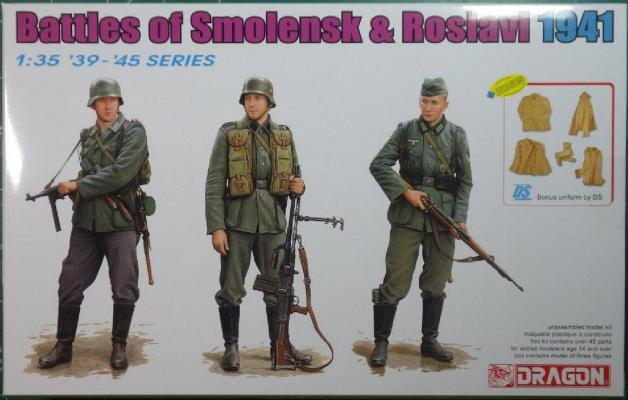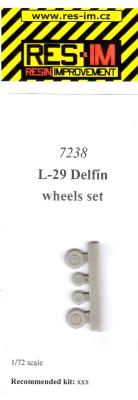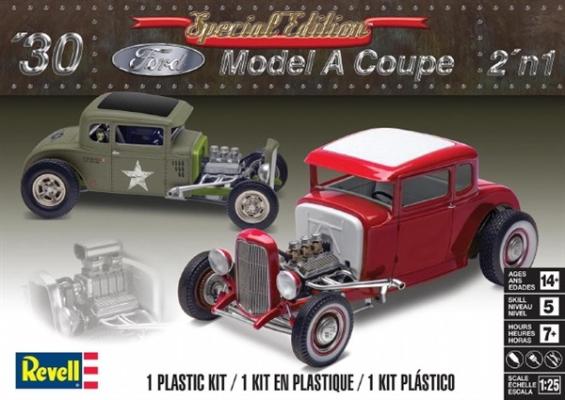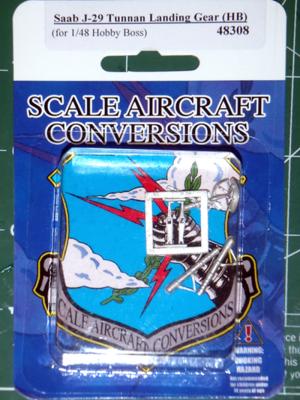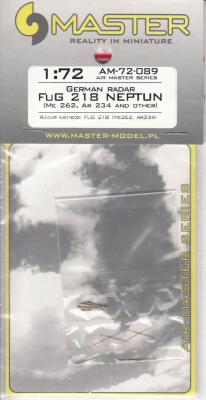This kit features three figures depicting Wehrmacht soldiers fighting in the battles around Smolensk and Roslavl in 1941. From the start of Operation Barbarossa, the invasion of the Soviet Union, the German forces army had enjoyed many quick successes and had advanced over 300 miles in less than 3 weeks. However, when they encountered the Soviets in the region around Smolensk, the Germans ran into heavier than expected resistance and were delayed for three months from July to September 1941. Although, the Soviet counterattack failed, and resulted in huge losses, including three Soviet armies, this defensive battle slowed the German advance and showed that a Blitzkrieg to capture Moscow was not going to be as easy as expected.
Welcome to the IPMS/USA Reviews site!
Introduction: The primary organization of the IPMS/USA Review website is by IPMS/USA National Contest Class. Within each Class there are sub-menus by kits, decals, books, etc. The Miscellaneous Class is for items that are not class specific or that cross two or more classes.
IPMS/USA Members: We encourage you to submit reviews, both here and to the Journal. To volunteer for membership in the IPMS/USA "Reviewers Corps" and submit your own reviews, please read the Guidelines For Submitting Product Reviews.
Manufacturers, publishers, and other industry members: IPMS/USA is pleased to offer your company the opportunity for product reviews. All product reviews are performed by IPMS/USA members, and are posted in the publicly-accessible section of our website. With very few exceptions, we perform full build reviews of new kit releases, aftermarket products, and supplies. If you would care to provide product samples for review, please contact John Noack, IPMS/USA 1st VP.
To learn more about IPMS/USA, please see our About Us page.
The L-29 Delfin was a jet-powered trainer airplane that was designed by Aero of Czechoslovakia. It was developed to provide the Warsaw Pact nations with a jet-powered replacement for their propeller driven trainers. The aircraft was in production from 1963 until 1974 with over 3,500 produced. In addition to the Warsaw Pact nations, the L-29 has been used by many other countries and in fact, a number are still in use in civilian hands. These can be seen in air shows around the world.
In spite of the wide usage of the L-29 and the associated interesting paint schemes, it has not been well produced as a model. Until recently, the only 1/72 scale kit of the L-29 was from KP of the Czech Republic. Recently, however, a new kit of the L-29 has been issued by AMK.
Parts Count
- 71 White styrene plastic parts on ten spure with two individually wrapped
- 69 Chrome styrene plastic parts on five spure
- 10 Clear styrene plastic parts on one spure
- 4 Vinyl rubber tires
- 1 5 ¾” x 5 1/8” decal sheet
- 1 16 pages, 24 step instruction booklet
All parts are in separate sealed plastic bags and appear to be free of any flash. The chrome is bright and free of scratches. Clear parts are individually wrapped and appear free of scratches. The molds for the rubber vinyl tires appear to be fresh and without flash or mutation. Of note, the white styrene plastic this kit is molded in is extremely easy to work with; carves easily, sands well and reacts nicely with liquid solvent style glues like Tamiya Extra Thin Cement or Tenex 7. Decals have many options, are crisp printed and covered with protective wax paper.
Scale Aircraft Conversions specializes in white-metal replacement parts, now including the 1/48 Hobby Boss Saab J-29 Tunnan.
The set includes 10 parts with the following breakdown:
- Nose gear main strut
- Nose gear wheel housing halve
- Main gear struts (2)
- Main gear retraction scissor struts (2)
These parts are little more than drop-in replacements; the white metal parts actually are the equivalent to several plastic parts, and are interchangeable as they fit the plastic parts almost perfectly.
The main gear retraction struts are molded to their runners with a rather thick base at the pinion point. It took quite a bit of careful sawing to free the part. This resulted in deformed pins with not much "pin" left over even after I had removed the runner. The main gear legs are very thick (which is to scale), and seemed very stable when simply snapped into place.
Master Models is a company that makes turned brass aftermarket parts, specifically pitot tubes, refueling probes, and antennas.
The first thing I would like to point out is how good the packaging and instruction sheet is. The packaging consists of a zip-lock type bag while the part is in a smaller bag, keeping it from moving all over. The instruction sheet is very clear and easy to understand, only needing 3 steps. Cut off original part, Drill a hole (0.3 mm), Glue in the new metal part. Just be careful drilling the hole, especially in 1/72. You have to put each antenna group together which includes 3 parts. Mine got a little bent because of how small they are. I needed to use my visor with the highest magnification. Others will probably have an easier time than me if they are used to putting such small delicate parts together.











